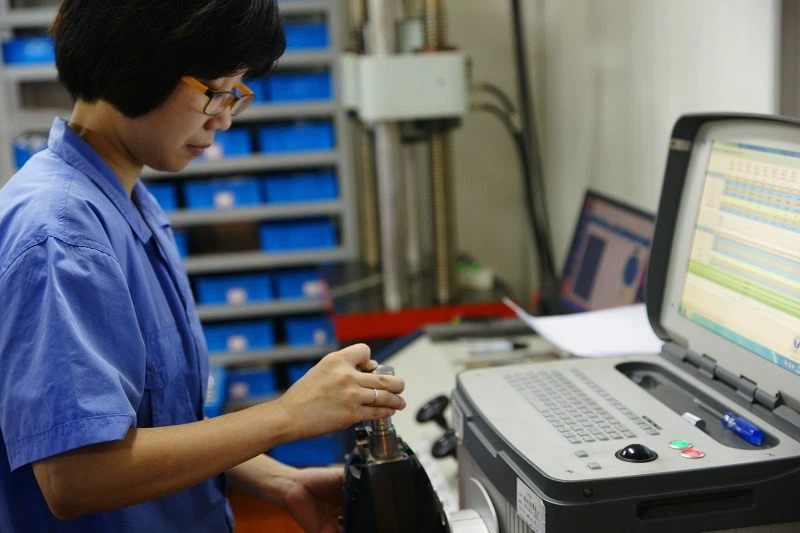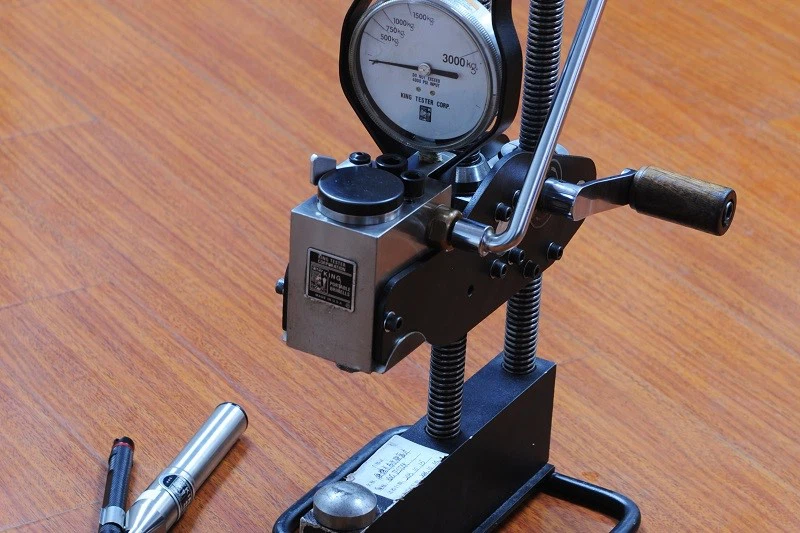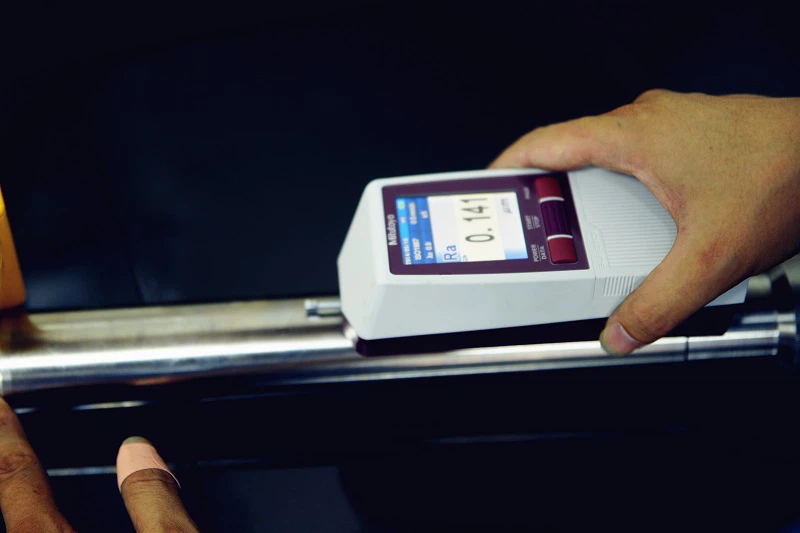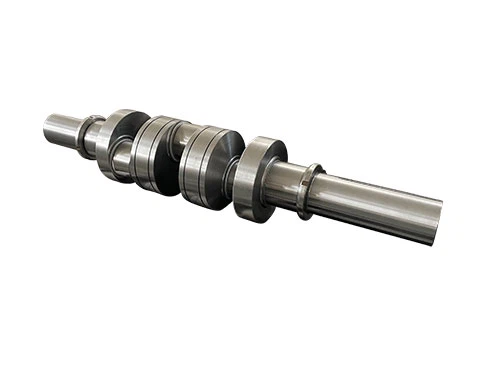The crankshaft is a fundamental component of a high-pressure plunger pump, responsible for converting rotary motion into reciprocating motion to drive the plungers.
The crankshaft is a sturdy shaft typically made of high-strength steel, designed to withstand high loads and stresses encountered during pump operation. It consists of one or more crank throws, which are offset from each other and connected to the connecting rods. The crankshaft is mounted within the pump housing and supported by bearings to ensure smooth rotation.
Product Parameters
Material: 4130 steel
Mechanical Performance:
σb≥750 MPa
σs≥500 MPa
δ5≥14%
AK≥40J/cm2
feature
Converts Rotary Motion: The primary function of the crankshaft is to convert the rotary motion provided by the pump's prime mover (such as an electric motor or an engine) into reciprocating motion. As the crankshaft rotates, the crank throws push and pulls the connecting rods, which in turn drive the plungers back and forth within the pump chamber.
Provides Power Transmission: The crankshaft serves as the main power transmission component in the pump, transferring energy from the prime mover to the plungers. It ensures efficient energy transfer and precise control of the plungers' motion, allowing for accurate pumping action.
Balances Loads: The crankshaft is designed to balance the loads imposed by the reciprocating motion of the plungers, minimizing vibration and ensuring smooth operation. It distributes the forces evenly along its length, reducing stress on individual components and prolonging the pump's service life.
Supports Bearings: The crankshaft is supported by bearings at each end and along its length to reduce friction and support the rotating assembly. These bearings provide smooth rotation and help to maintain proper alignment, ensuring reliable pump operation.
How the Crankshaft Works
Power Stroke: When the engine's fuel mixture ignites, the piston moves downward in the cylinder, generating force.
Force Transmission: This downward force is transmitted to the crankshaft through the connecting rod, causing it to rotate.
Rotational Motion: The rotation of the crankshaft turns the flywheel and transmits power to the drivetrain or other parts in the machine.
Exhaust Stroke: The crankshaft continues to rotate, ensuring that the piston undergoes exhaust and intake strokes, expelling gases and taking in a new air-fuel mixture.
Quality Testing Equipment









Hot Tags: crankshaft, China crankshaft manufacturers, suppliers, factory







